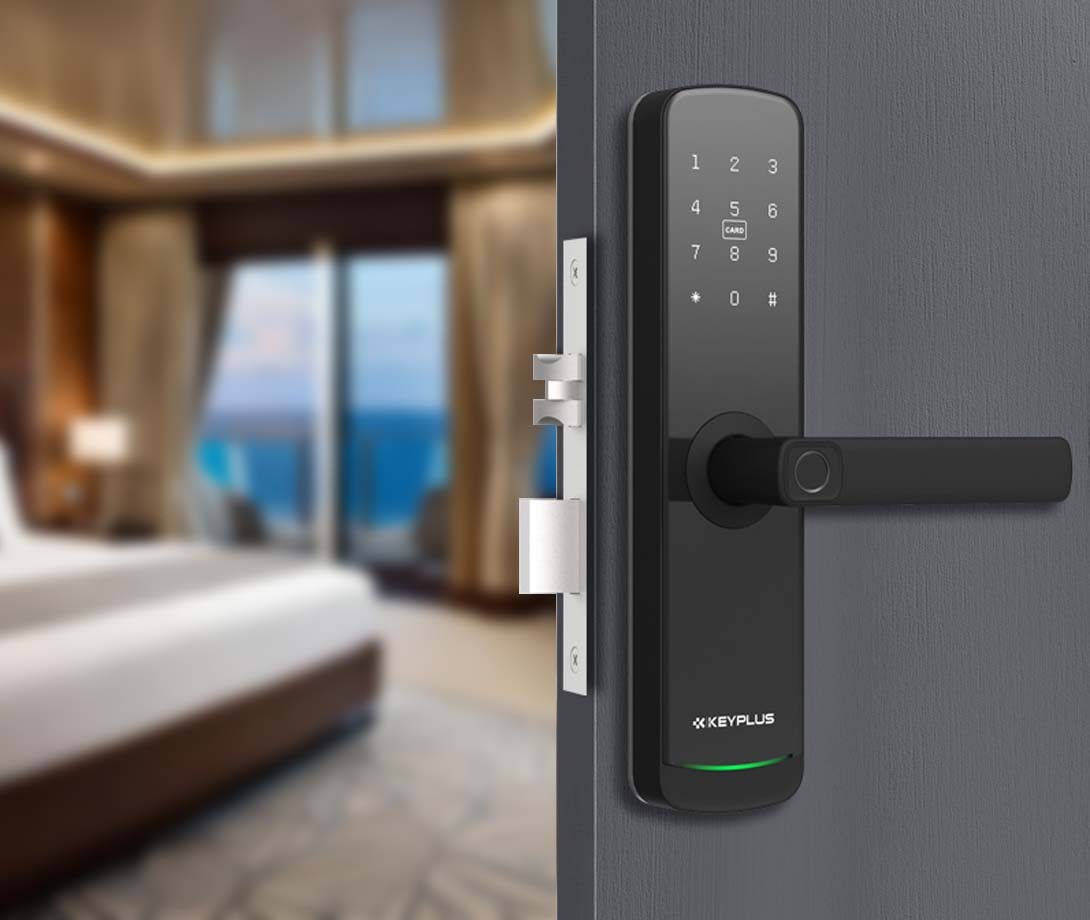How Long Do Batteries Last in Hotel Guest Room Door Locks?
Hotel guest room door locks typically use either AA alkaline batteries or specialized lithium battery packs, with most systems designed to last between 1-3 years under normal operating conditions. The actual lifespan depends on several key factors including the lock technology (RFID, NFC, or mobile key compatible), frequency of use, and environmental conditions. Industry-leading lock manufacturers like Assa Abloy and Onity design their systems to be extremely energy efficient, with some high-end models consuming as little as 10 microamps in standby mode. A standard 4-AA battery setup in an average RFID lock can handle approximately 50,000 to 100,000 door cycles before needing replacement. Hotels implement sophisticated battery management systems that monitor voltage levels and send low-battery alerts to property management software, allowing maintenance teams to proactively replace batteries before they fail completely.
Factors That Impact Battery Performance
Several variables can significantly affect how long hotel lock batteries last. High-traffic rooms near elevators or lobbies may experience 30-40% faster battery drain due to increased usage. Extreme temperatures are another major factor – cold winter weather can reduce battery capacity by up to 50% in northern climate hotels, while desert properties face accelerated drain from heat. The type of credentials used also matters; mobile key systems using Bluetooth Low Energy (BLE) tend to be more power-hungry than traditional RFID cards. Modern locks include power-saving features like motion sensors that wake the lock only when someone approaches and sleep modes that activate during low-usage periods. Some luxury hotels have begun installing locks with energy harvesting technology that uses kinetic energy from the door opening/closing to supplement battery power, potentially extending lifespan by 20-30%.
Hotel Battery Maintenance Practices
Responsible hotels implement rigorous battery replacement programs to prevent guest lockouts. Most major chains follow a preventive maintenance schedule replacing all lock batteries every 12-18 months, regardless of indicated power levels. Engineering teams typically carry battery testers during routine room inspections and track replacement dates in computerized maintenance systems. When batteries do run low, modern locks provide multiple warnings – first through property management system alerts at 20% capacity, then via visible indicators like flashing LEDs, and finally with audible beeps at critical levels. Some systems even automatically notify the front desk when a lock’s battery reaches 10%, allowing staff to proactively address the issue before guests notice. During complete power failures, all electronic locks include mechanical override options accessible to hotel security teams, ensuring guests are never permanently locked out of their rooms.
The Future of Hotel Lock Power Systems
The hospitality industry is rapidly adopting new technologies to extend battery life and improve reliability. Many newer locks now use lithium-thionyl chloride batteries that can last 5-7 years, nearly triple the lifespan of standard alkaline AAs. Wireless charging systems are being tested where housekeeping carts recharge locks during room servicing. Some experimental models even use tiny solar panels or thermal electric generators. Perhaps most promising are the emerging “smart” battery systems that analyze usage patterns to optimize power consumption – for example, reducing scan frequency during known low-occupancy periods. As hotels increasingly adopt mobile key technology, manufacturers are developing ultra-low-power Bluetooth systems that consume 80% less energy than current versions. These advances promise to make dead battery lockouts a rare occurrence, ensuring smoother stays for guests and lower maintenance costs for hotel operators.
Post time: May-07-2025


